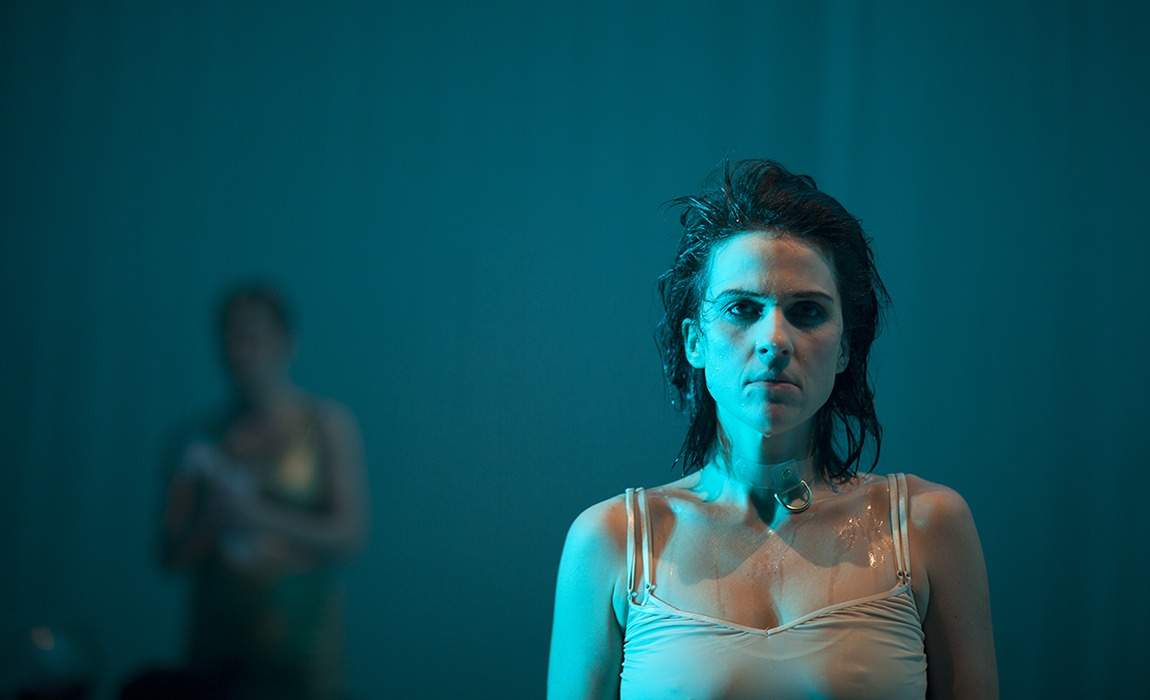The Story of O – The Rabble
That pornography has been turned into art is just one of the things that makes this such a remarkable work.
Overview
For every great story there exists, somewhere, a pornographic adaptation of it. However, it is rare for the adaptation process to go the other way and for pornography to be turned into art. This is just one of the things that makes The Rabble's Story of O such a remarkable work.
As a choice for source material, 1950s French titillater Histoire d’O is certainly an outré choice. The novel tells the story of a beautiful Parisienne who is induced by her lover to become a sex slave for a bondage club, who operate as a kind of secret society in a country chateau. The slide into depravity is framed as a romance the heroine, known only as O, consents willingly to all manner of indignities, driven by the desire to please her lover and the book was doubly scandalous because the author was a woman.
The Rabble’s interpretation is not so much a straight telling of the story as an evocation of its mood and an exploration of the broader social issues it raises. And what issues, with a questioning eye turned to the meanings of eroticism, power, free will and identity.
As a piece of theatre, it’s a scorcher. The cast, a striking assemblage from the moment they appear posing louchely on carousel horses, deliver powerhouse performances, with Mary Helen Sassman giving raw intensity to the role of O. With a script incorporating snippets from De Sade and symbolist poet Renée Vivien, as well as ideas from essayist Susan Sontag, it is a far more artful text than the notoriously clunkily written original.
The intellectualisation of its subject matter is openly and powerfully expressed at the same time as the show virtually redefines viscerality in its ingenious theatrical depictions of graphic sex. The gender blurring of some key roles most notably Sir Stephen, the master of the sadomasochistic circle, being played by a woman (Jane Montgomery Griffiths, who delivers the role with a double serving of panache) enables power to be examined as a symbolic entity, potentially if not entirely free of the scenario’s patriarchal overtones.
Sex is by turns shown as garishly carnivalian, coldly clinical or, at times, downright harrowing. It makes for frequently confronting viewing but far from being relentless, the play is expertly timed, shock points spaced among moments of gentleness and humour. It is as if the play itself acts as dominus to the audience, with a fire and ice approach, alternating warmth and brutality, each heightening the other, dragging you ever deeper under its influence.
Some may find it too shocking and I did see one walk out. It was telling though that half way through the act of leaving, the departing lady paused, transfixed by a development on stage, her decision to go made but the power of the piece not releasing her. I couldn’t have looked away for a second. Story of O is theatre that absolutely commands attention.





